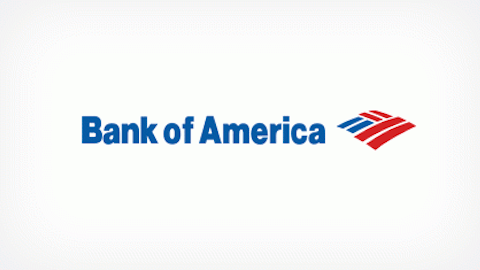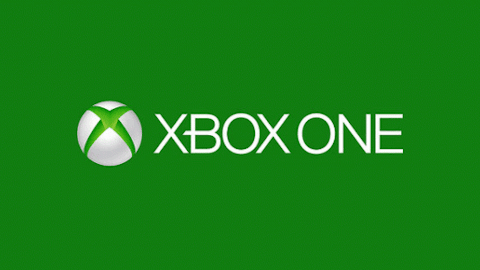On this day in economic and business history…
Bill Gates founded Microsoft (NASDAQ:MSFT) in 1975. After 33 years at the helm — including eight in which he officially reported to current CEO Steve Ballmer — Gates finally stepped down from his full-time duties on June 27, 2008. Microsoft’s employees gave Gates a standing ovation on his last day at the office as he reflected at a farewell event, where he promised, “There won’t be a day in my life that I’m not thinking about Microsoft and the great things that it’s doing and wanting to help.”
During his time with Microsoft, Gates had become the John D. Rockefeller of the computer age, a man who built an industry-defining company before stepping down to devote his life to charitable causes. Like Rockefeller, Gates also had to contend with fierce government antitrust efforts, but Gates’ company wound up victorious in its defense. It’s interesting to consider what might have happened if Microsoft had lost its case. The “Baby Standards” wound up making Rockefeller into the world’s first billionaire as their aggregate market cap quadrupled in the decade after the breakup. Had it lost its case, however, Microsoft might not have joined the Dow Jones Industrial Average (INDEXDJX:.DJI) in two parts, as the two largest Baby Standards did during the 1920s. It’s easier to justify a place for the world’s largest software company than it is for, say, the world’s largest operating-systems company.
Gates still maintains his position as Microsoft’s chairman, much as Rockefeller remained the president of Standard Oil until its breakup in 1911, but his attention has long been focused on active management of the Bill & Melinda Gates Foundation, the largest private foundation in the world.
Gotta get some cash
British actor Reg Varney became the first person in history to withdraw money from an automated teller machine on June 27, 1967. The event was a publicity stunt to promote the use of the world’s first ATM outside a Barclays PLC (ADR) (NYSE:BCS) at the northern edge of London. The machine (and others just like it at five other London branches) was a bit less useful than modern ATMs. Before magnetic-stripe debit cards became the default option, some ATMs (like these) accepted single-use paper vouchers in exchange for a fixed amount of cash. Imagine having to deposit 20 checks, one after the other, to take $200 out of your account — that’s how the London ATMs worked.
ATMs had been in development for decades. An automated deposit machine was available in New York City as early as 1939, though it was removed after only a few months due to lack customer interest. The Barclays PLC (ADR) (NYSE:BCS) machines, created by John Shepherd-Barron, were the first wave of what would become a network of more than 60,000 ATMs in Britain. This is only a small slice of the global total, which was estimated at roughly 2.3 million at the end of 2010 by the ATM Industry Association. More than 400,000 operate in the U.S., and if you’re looking for the company behind many of them, try Diebold Incorporated (NYSE:DBD), the largest ATM manufacturer in the country.
Harnessing the power of the atom
The United States might may have been the first country to produce an A-bomb, but Russia became the first country to generate electricity from nuclear energy when it activated the world’s first nuclear power plant on June 27, 1954. The plant’s single reactor, located in a nondescript building at Obninsk, near Moscow, generated about 6 megawatts of energy to power the nearby town. It remained active for 48 years before it was finally shut down in 2002.
The first commercial nuclear reactor in the U.S. came online three years later, after a period of construction jointly managed by PG&E Corporation (NYSE:PCG) and General Electric (NYSE:GE). This plant, though far more powerful than Obninsk’s, was only operational for six years. Today, there are more than 400 nuclear reactors working around the world, and enough are under construction to push the operational total past 500 plants within the next few years. Roughly a third of the reactors in the U.S. are General Electric (NYSE:GE) designs, and the company has also installed reactors in Europe, India, and Japan.
The article Today in History: A Business Legend Steps Down, the ATM Is Born, and Russia Pioneers Nuclear Power originally appeared on Fool.com is written by Alex Planes.
Fool contributor Alex Planes holds no financial position in any company mentioned here. Add him on Google+ or follow him on Twitter @TMFBiggles for more insight into markets, history, and technology.The Motley Fool owns shares of General Electric Company and Microsoft.
Copyright © 1995 – 2013 The Motley Fool, LLC. All rights reserved. The Motley Fool has a disclosure policy.






